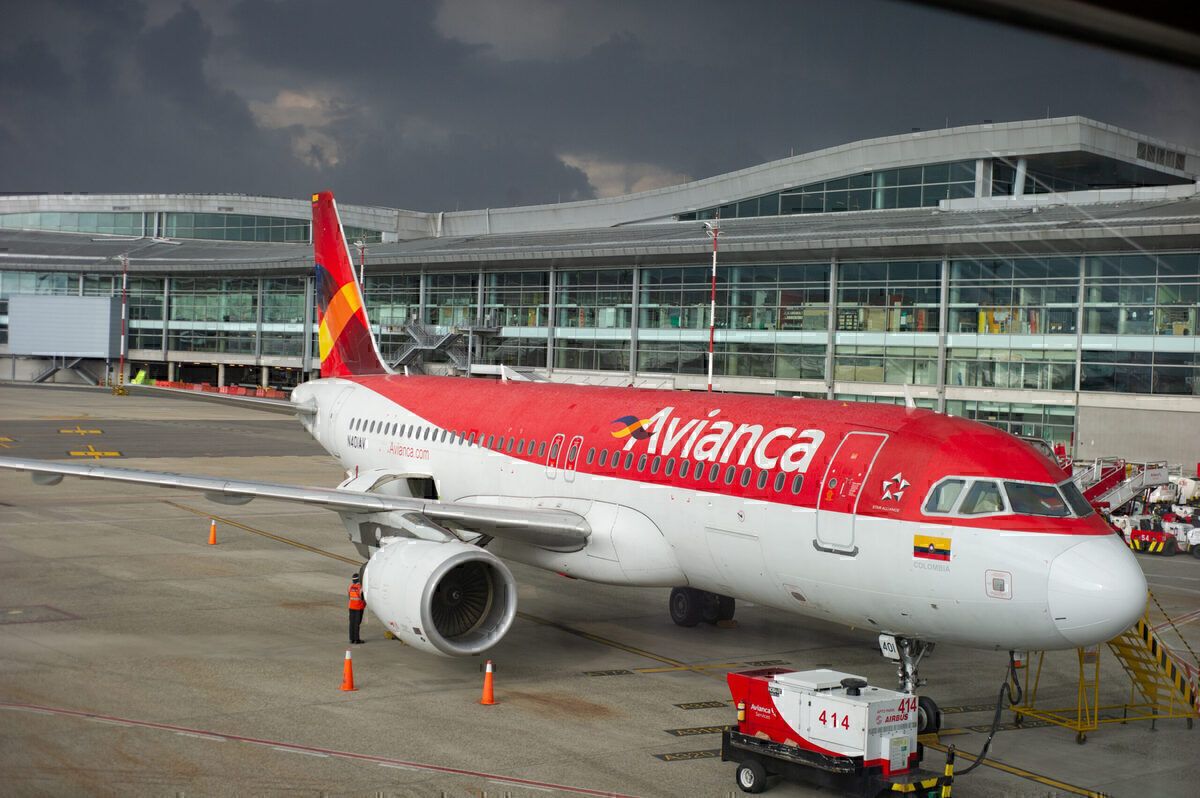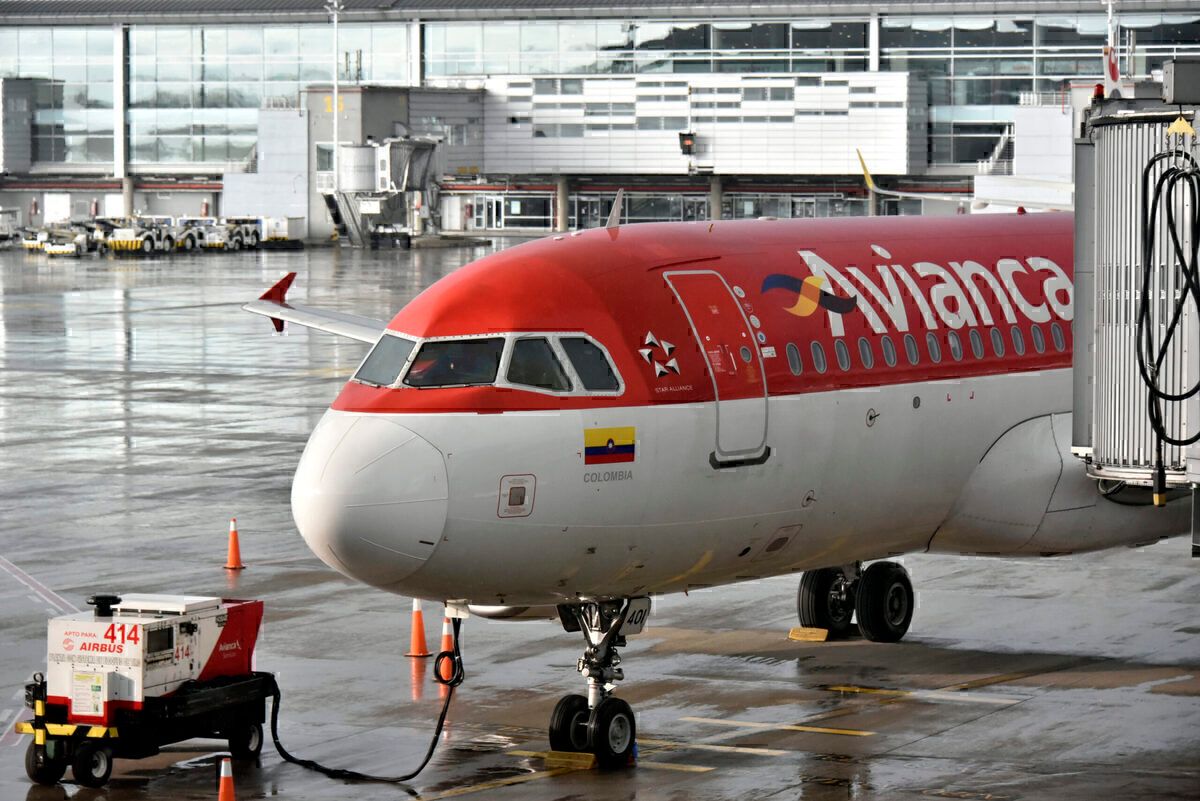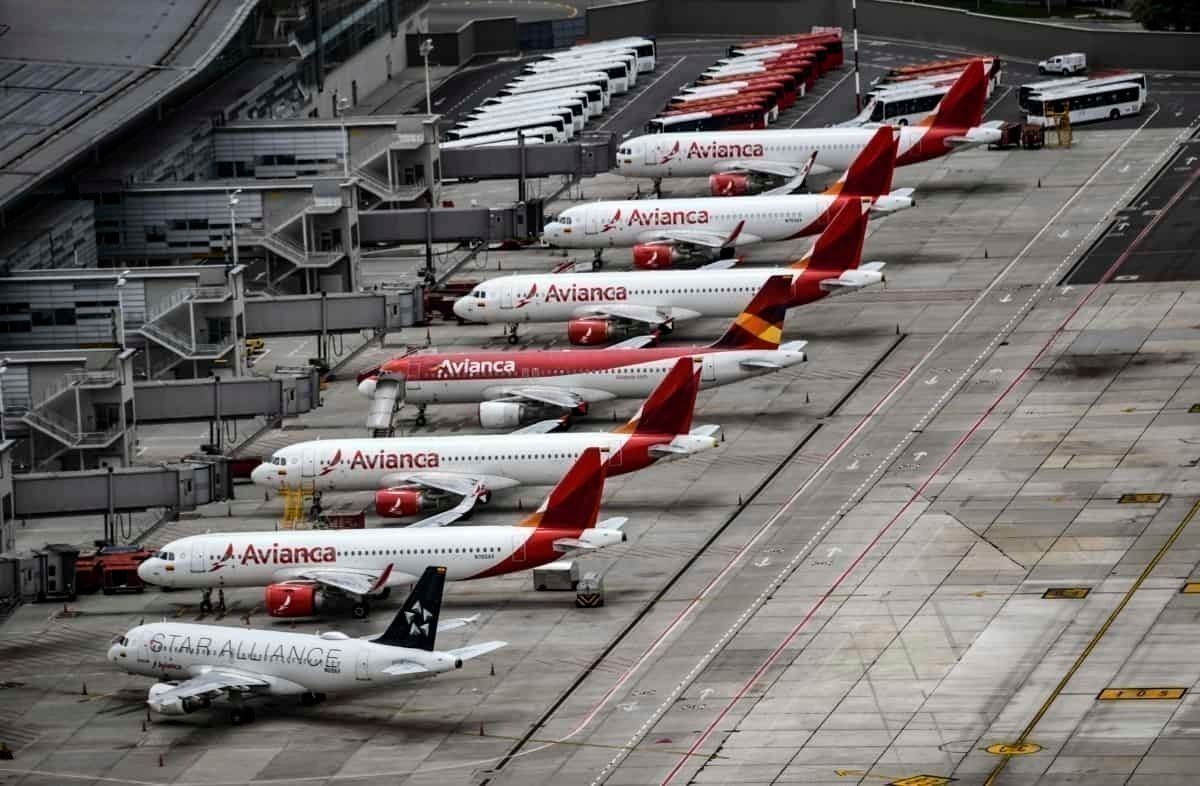In 2019, Avianca changed its management and ousted former owner, German Efromovich. Instead, it brought along its new CEO, Anko van der Werff, who they claimed from a top position in Aeromexico. Then, the second-oldest airline in the world started a reorganization process, which, incidentally, helped it prepare for its Chapter 11 filing one year later. How was it? Let’s investigate further.
What happened last year?
Before 2019, Avianca had a few troubled years. Financially, it wasn’t doing ok, as it linked net loss after net loss continuously. So, in 2018, United Airlines gave a loan to Synergy Group, the South American carrier owner. The amount was US$456 million but had some harsh conditions. For example, United could force a takeover of Avianca. And that’s what happened last year. The US airline ousted the chairman and former owner of the board, Germán Efromovich. Then came Anko van der Werff as new CEO and a new chairman, the Salvadorian Roberto Kriete.
The new management came with the Avianca 2021 Plan, which included loans and strengthening the airline’s working capital position while executing a debt reprofiling, as van der Werff said last year. By January, things had turned around.
Anko van der Werff said on 29 January,
“The company’s financial situation has turned 180 degrees. We have much more certainty about the future; we are looking forward with a lot of optimism, and the numbers are much better.”
Stay informed: Sign up for our daily aviation news digest.
Then came COVID-19
The first two months of Avianca in 2020 were very successful. Like many airlines across the world, it was looking at a record year in terms of passengers transported. 2020 is a record year, all right, but not in the positive sense.
In March, South American Governments shut close their airspaces. In a matter of weeks, Avianca was completely grounded.
Due to its restructuring process of 2019, Avianca had some payments to do in May. With the situation looking direr by the minute, the management put all the options on the table.
“(Going into Chapter 11) was first of all necessary in many ways, but also, very early on, we recognized that this (the pandemic) was going to go south and have prolonged impact,” said Anko van der Werff in an interview for CAPA Live. He added that there was work still to be made from the previous restructuring, like the bond payment due on 11 May.
“We knew at that stage that this wasn’t going to go well,” he said, so they speeded up the decision process. Avianca filed for a Chapter 11 reorganization on 10 May. It was the first of three Latin American carriers that currently are in this process. The others are LATAM and Grupo Aeromexico.
What comes next for Avianca?
Last month, the Bankruptcy Court of the Southern District of New York approved Avianca’s DIP Financing for US$2 billion. In the meantime, the airline is restarting its international operations to several countries in Latin America and Europe. Additionally, the Colombian carrier expanded its codeshare agreement with Brazilian competitor, GOL.
But, on the passenger experience side, we might not see many improvements in the next year. For Anko van der Werff, the recovery comes along with going back to the basics. He said,
“The COVID-19 pandemic demonstrated the need to lower costs to become much more flexible. I also think that focus on product and service will probably change, going back to basics and inflight services will take a step back”.
He added that the in-flight service will keep its value, and Avianca will not hamper its successful LifeMiles program. But, maybe there won’t be much investment in new products and services, he said. The passengers want to know the health protocols; what are the airlines doing to protect them. That’s the critical thing to prioritize.
What do you think of Avianca’s reorganization so far? Let us know in the comments.



